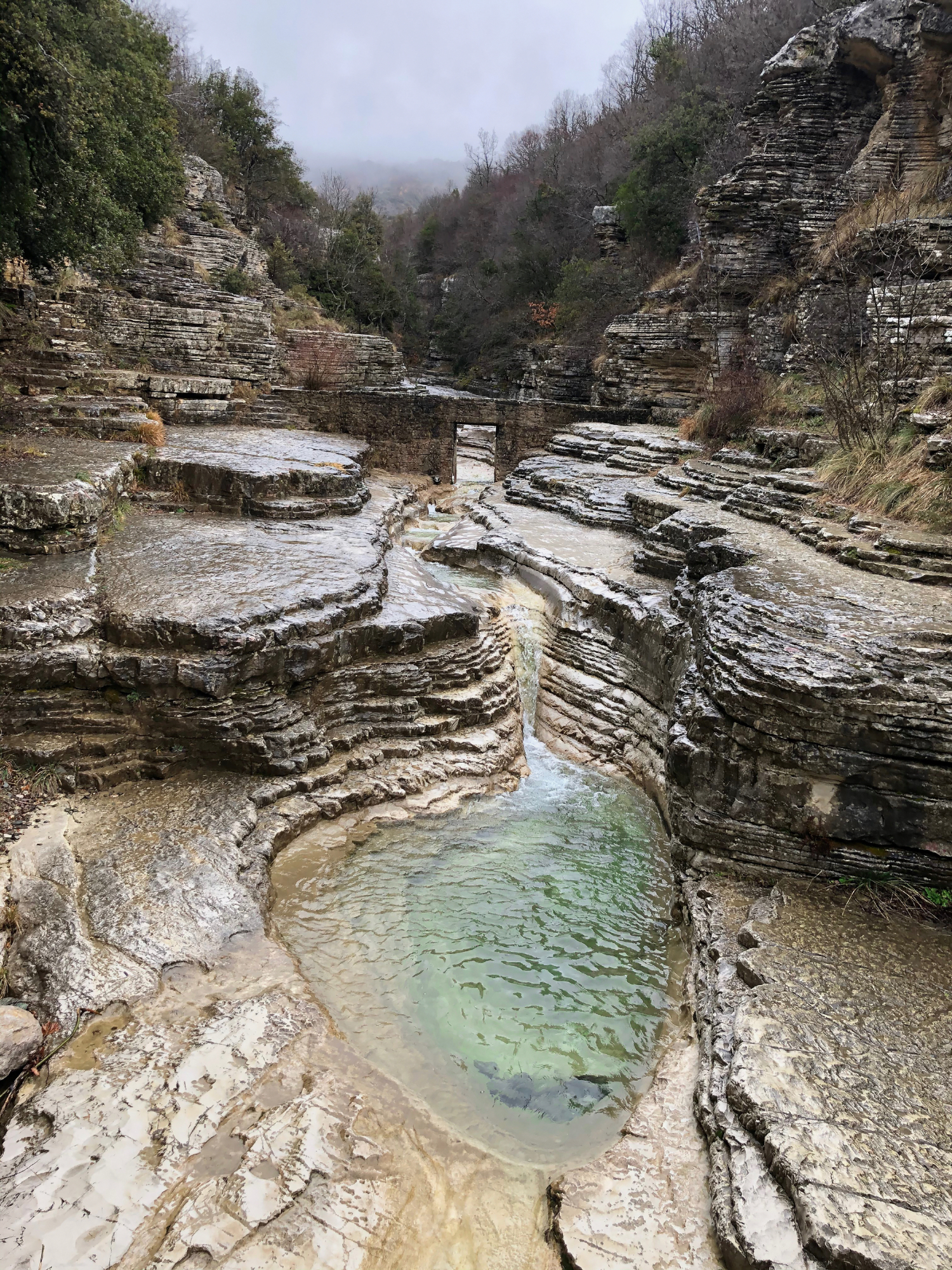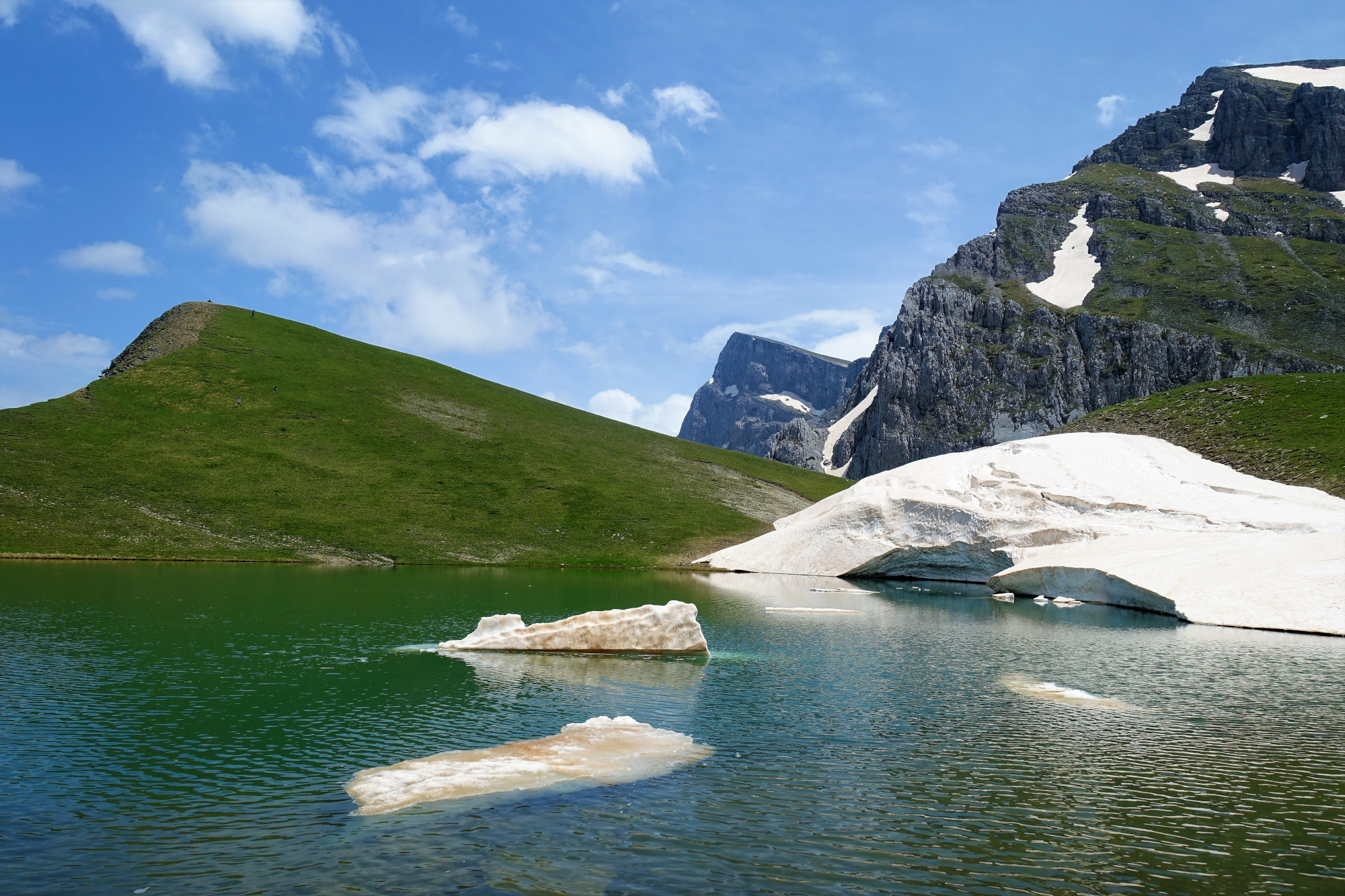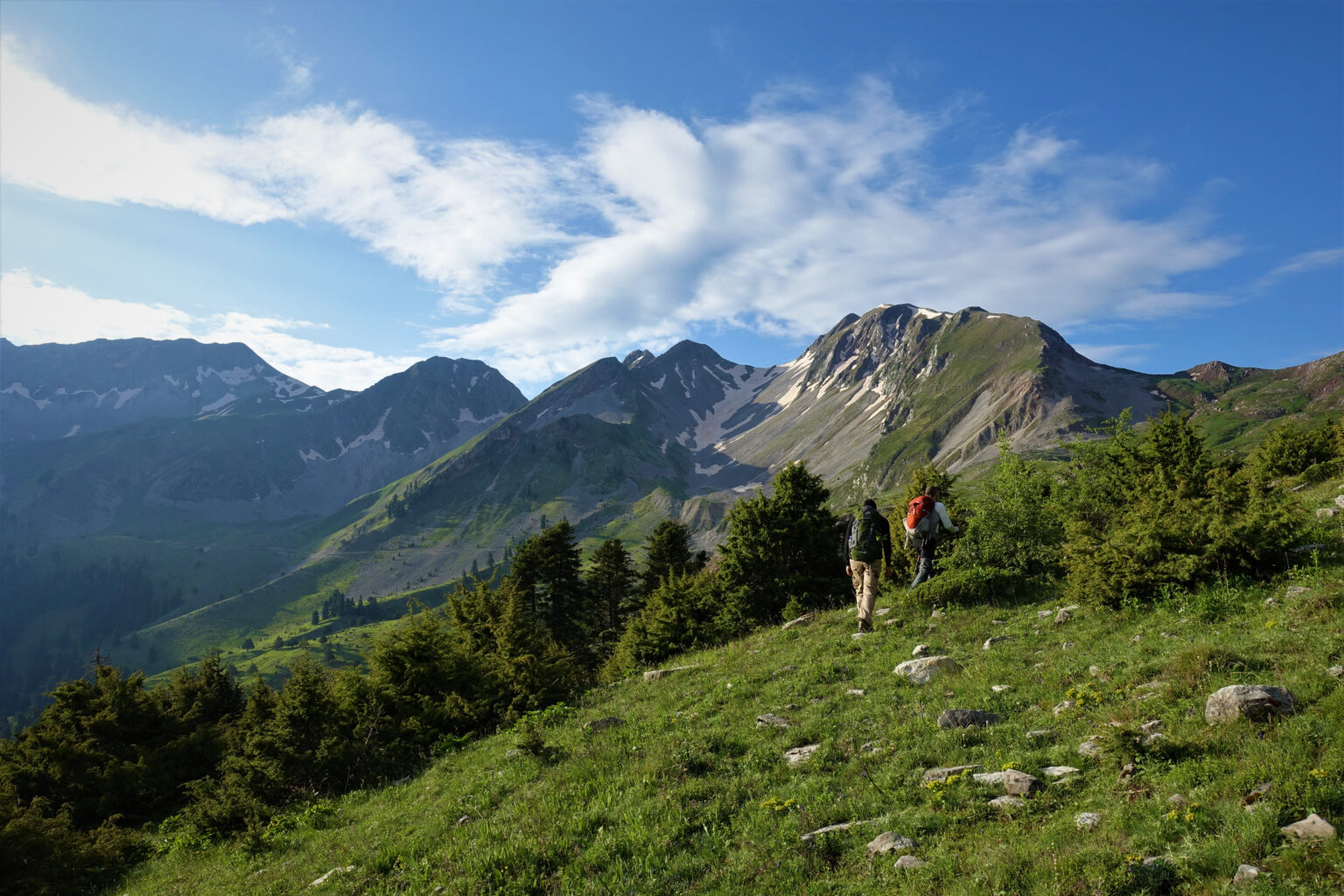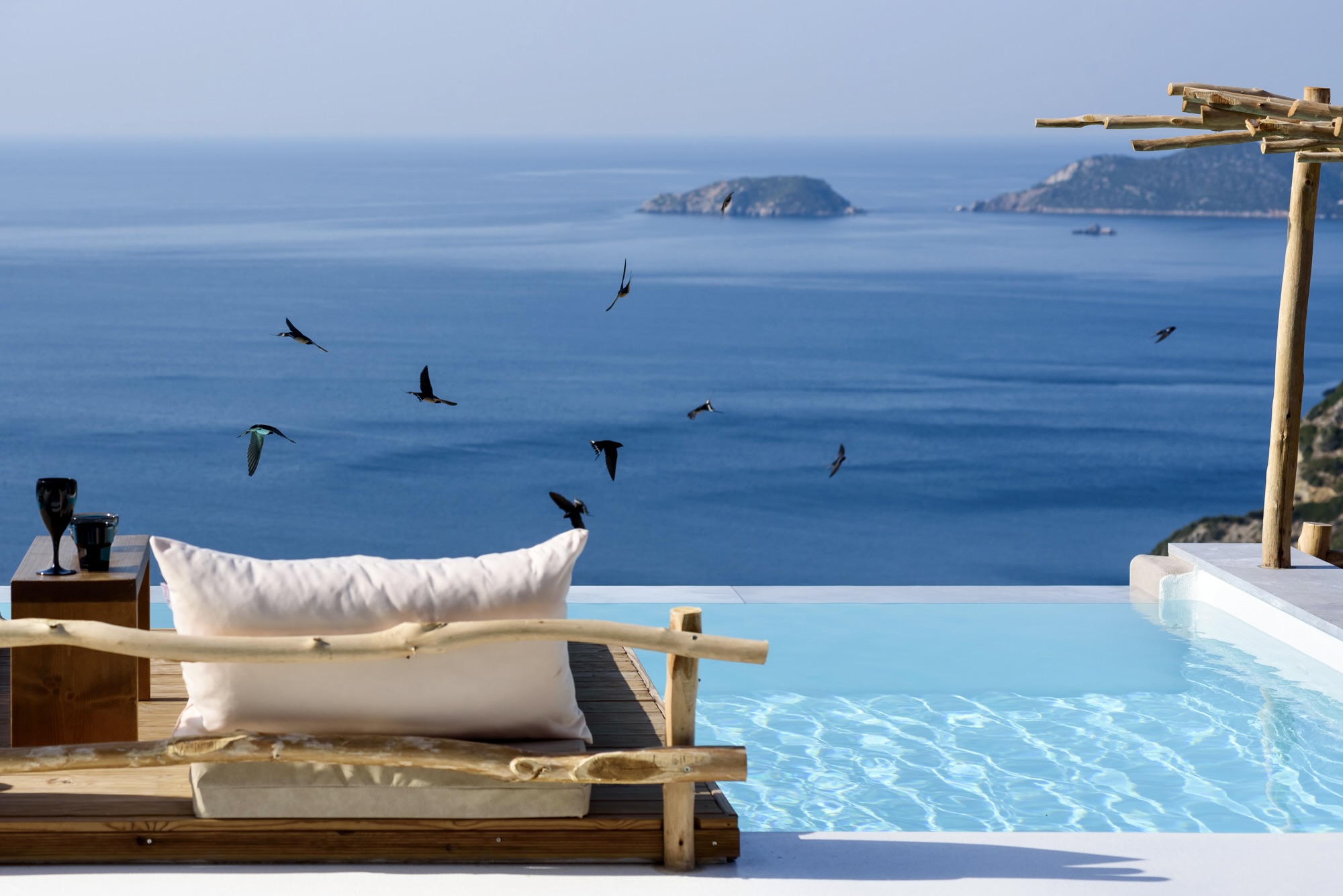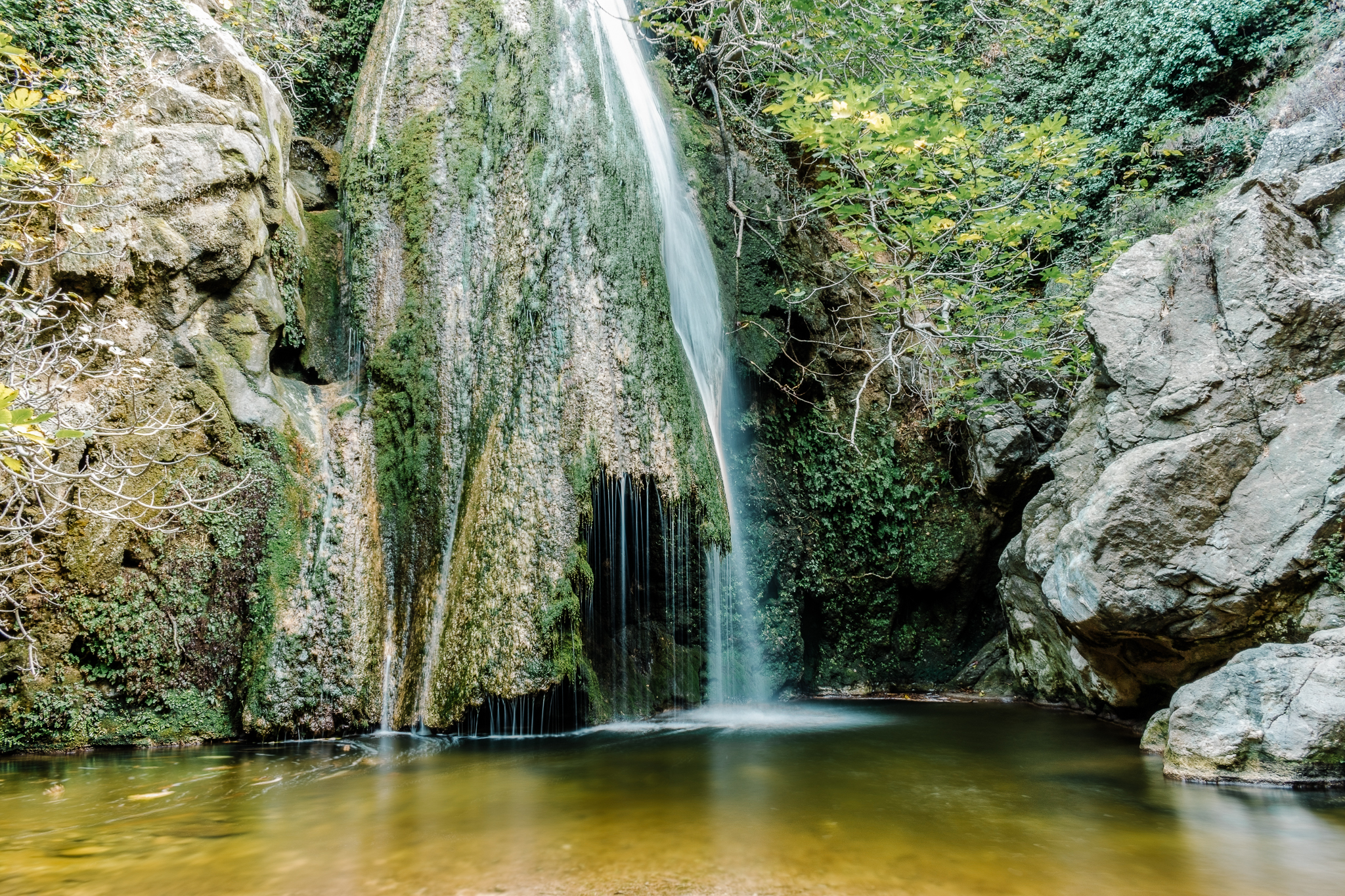It may sound strange, but it’s true, and you can discover it for yourselves when you visit the villages of mountainous Epirus in August and see how crowded they are. Because this is when people go back to their villages, people who have moved to cities far and near, and now return for a while, to meet friends and families, to celebrate and dance at the local church festivals.
But it’s not just these meetings that fill the area with people in the summer. It’s also the lush vegetation of the mountainous area, the cool of the lower temperatures, the pleasure it offers to hikers who explore its trails, and also the joy of playing and swimming in the crystalline waters of the lakes and the rivers – wherever it’s permitted of course.
Zagorochoria
The river Voidomatis in the Zagorochoria region is ideal if you love rafting, but it’s an activity that should be done in a careful and organised way, so it’s best to plan ahead if you want to go rafting (alpinezone.gr, trekking.gr, rafting-athletic-center.gr).
In the area between Papigo and Mikro Papigo you can go swimming in an unexpected place, in the Ovires Rogovou waterfalls, where the snowmelt from mount Gamila is released. The waterfalls are small but dipping in their waters is very refreshing.
And if you are hikers and brave swimmers, just follow the path that starts at Mikro Papigo and leads to the Astraka Refuge (5,7 km) and goes on up to Tymfi or Gamila Dragonlakes (another 3 km). It’s not a long distance, but the changes in altitude make it tiring, so it’s worth spending the night. After the hike many people dip in the lake, but we must mention that swimming is not permitted in the lakes and rivers of the North Pindos National Park.
In fact, in pindosnationalpark.gr it is clearly stated that “Visitors of the sub-alpine aquatic ecosystems like the Tymfi and Smolikas Dragonlakes and Flenga Dragonlakes should be especially careful. These particular lakes are isolated aquatic ecosystems and include important plant communities and fauna species, which are in a stable ecological balance over the years. Any human activity, like swimming, can disrupt the ecological balance and impair the water quality.”
Tzoumerka
Summer exploration in the other cluster of villages of Epirus, Tzoumerkochoria, is similar. Here, between the amazing Kipina monastery and the stone built Kalarrites village you’ll find the river Kalarritiko, the most important tributary of Aracthos, as well as a sign that leads to the traditional stone bridge Kouiasa and to a stone watermill. Park your car and follow the path to the watermill; a short but gorgeous route, surrounded by green and listening to loud sounds of constantly running water, falling from a great height. You’ll find varying sizes of waterfalls, while there also spots for you to jump into the water.
You’ll meet river Kalarritiko in other locations as well, like at the Gogou bridge, a hanging metal bridge designed by a German engineer in 1932, where the river’s gorge starts, on the road that links Raftanaioi and Mihalitsi villages. Here, the experienced rafters, can start a challenging five-hour rafting route that meets part of Aracthos at the famous – and since last year restored – Plaka bridge, where the river ends. Aracthos itself is very interesting and depending on your skills you can either go rafting on part of the river (trekking.gr) or go down the river, which requires advanced skills. If you do go down the river, you’ll have the chance to go swimming in the natural pond where the waters of the very tall Klifki waterfall gather; a dip you can enjoy also if you visit the village Kalenzti.
At a lower altitude, also, and in particular inside the town of Arta and on the mountain of Tzoumerka (140 m altitude) you can find the artificial lake Pournari, which was created by the collection of water from Aracthos river and the construction of a dam near the village Pournari. It’s worth noting that this is the second largest dam in Greece, and it holds the waters of Aracthos and controls its flow, as it goes through the town of Arta.
Carps, barbels, wild trout and eels live in its waters in the four decades it’s been around, while the drop of the water level reveals part of the settlement of Kato Kalentini, which was abandoned and…covered in water when the dam was built. Today, many visitors and locals of the wider area come here to go trekking, fishing, as well as canoeing and kayaking (outdoorproject.gr, trekking.gr).




